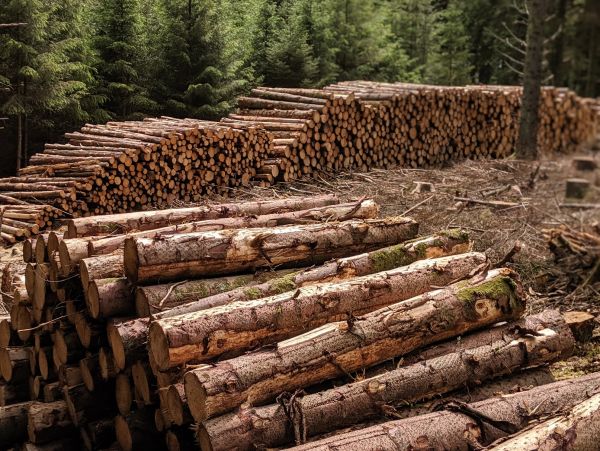Find out more about our UNESCO Biosphere's forests and the work that goes on to maintain them on a United Nations day dedicated to them.
Today is UN International Day of Forests, with the theme ‘Forests and Health’.
Being in a forest, or among trees, is proven to boost mental and physical health in many ways.
The Department, Environment, Food and Agriculture (DEFA) manages approximately 2,800 hectares, or 6,900 acres, of forest, which are an important part of our UNESCO Biosphere.
It’s estimated there are 850,000 visits to the forest and upland estate annually. There are around 40 miles of forest roads, 52 miles of footpaths and rights of way across the forest and upland estate and 37 miles of mountain bike trails.
DEFA is creating more opportunities for people to visit and interact with forests, improving parking, footpaths and signage, adding new attractions to visit and supporting hundreds of forest-based events and activities.

In a recent public survey carried out by DEFA the two main reasons for visiting forests were to ‘exercise and improve physical health’ and to ‘relax, unwind, de-stress and improve mental health’.
The growth of activities such as mountain biking, orienteering, geocaching and forest bathing is evidence of this. People are keen to spend more time among trees, which includes volunteering.
Our many miles of mountain bike trails and some of our woodland play parks were made with the help of individual and corporate volunteers. Huge thanks to them.
DEFA carries out regular inspections to identify tree safety issues and maintain a safe environment for visitors.
It looks to improve or install better infrastructure for those less able to explore forests, where it’s possible.
Speaking of forest health, forests and trees are under threat from increased pest and diseases as a result of international trade and climate change.
DEFA’s main challenge in forests is Phytophthora ramorum. This can infect 120 different plant species, but has the most noticeable impact on larch trees, which used to be 20% of the Island’s total forest cover. The Department prioritises management of this disease. Ash dieback and Dutch elm disease are also having a significant impact, but more so in the Island’s national glens and woodlands.
DEFA undertakes surveys throughout the year for the many pests and diseases that can damage and kill trees, and works with colleagues throughout the UK on latest developments and treatments.

To improve the health of the Island’s forests for generations to come, areas are going through a restructuring process which will increase age and species diversity. This will greatly improve forest resilience and other associated values such as carbon sequestration, biodiversity, landscape and structural integrity.
All this helps create attractive and open forest environments for recreation, fewer restrictions and a more inviting environment to enjoy.
To help keep our forests, glens and uplands healthy from the effects of pests and diseases, always adopt good biosecurity after your visit. Biosecurity is the set of precautions we take to stop or slow the spread of any pest and disease. Keeping bikes, boots and wheels clean can limit the spread of plant diseases between different places.
Stay in touch with news about our Biosphere’s forests via the facebook page DEFA Hills, Forests and Glens.


